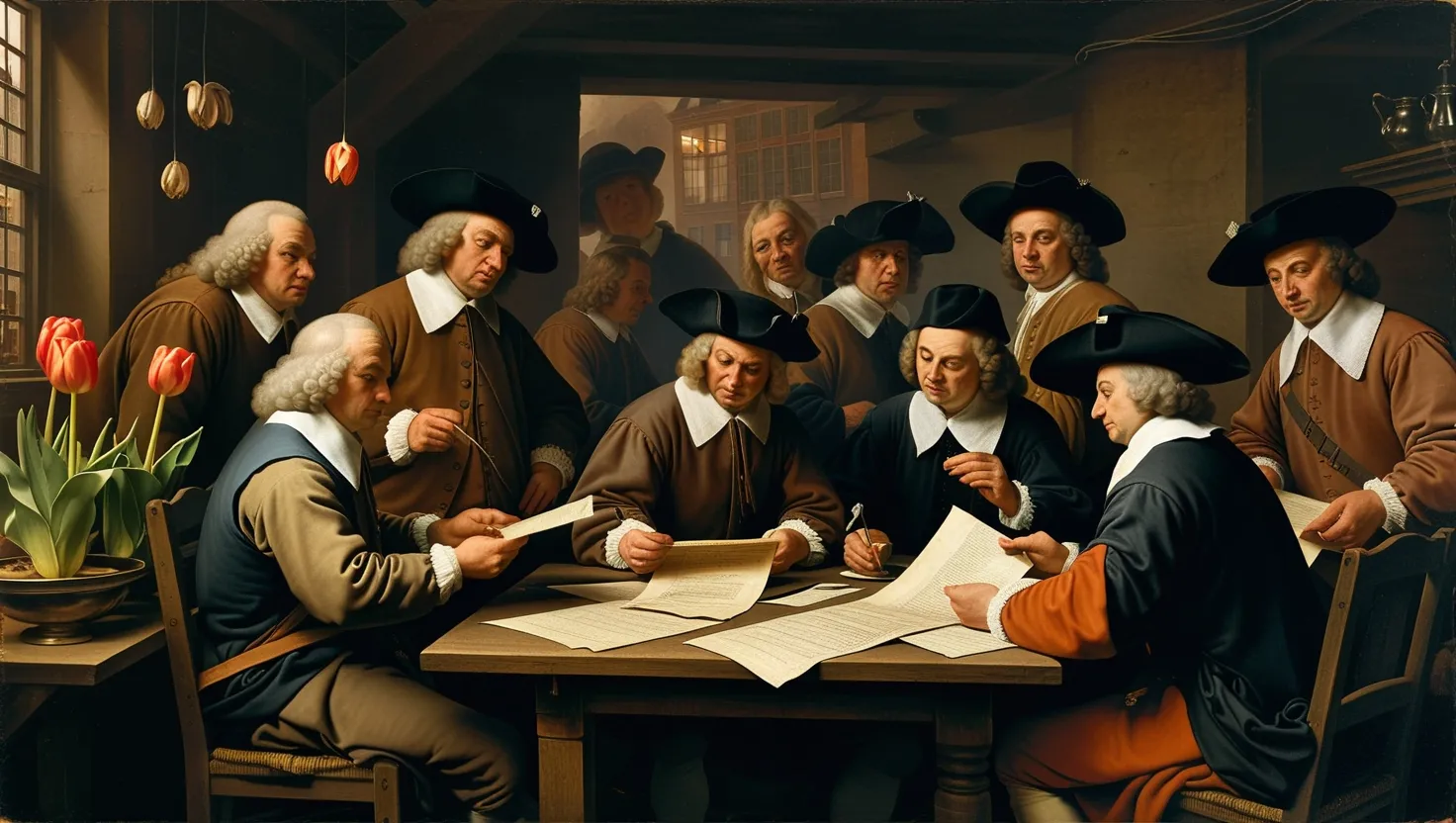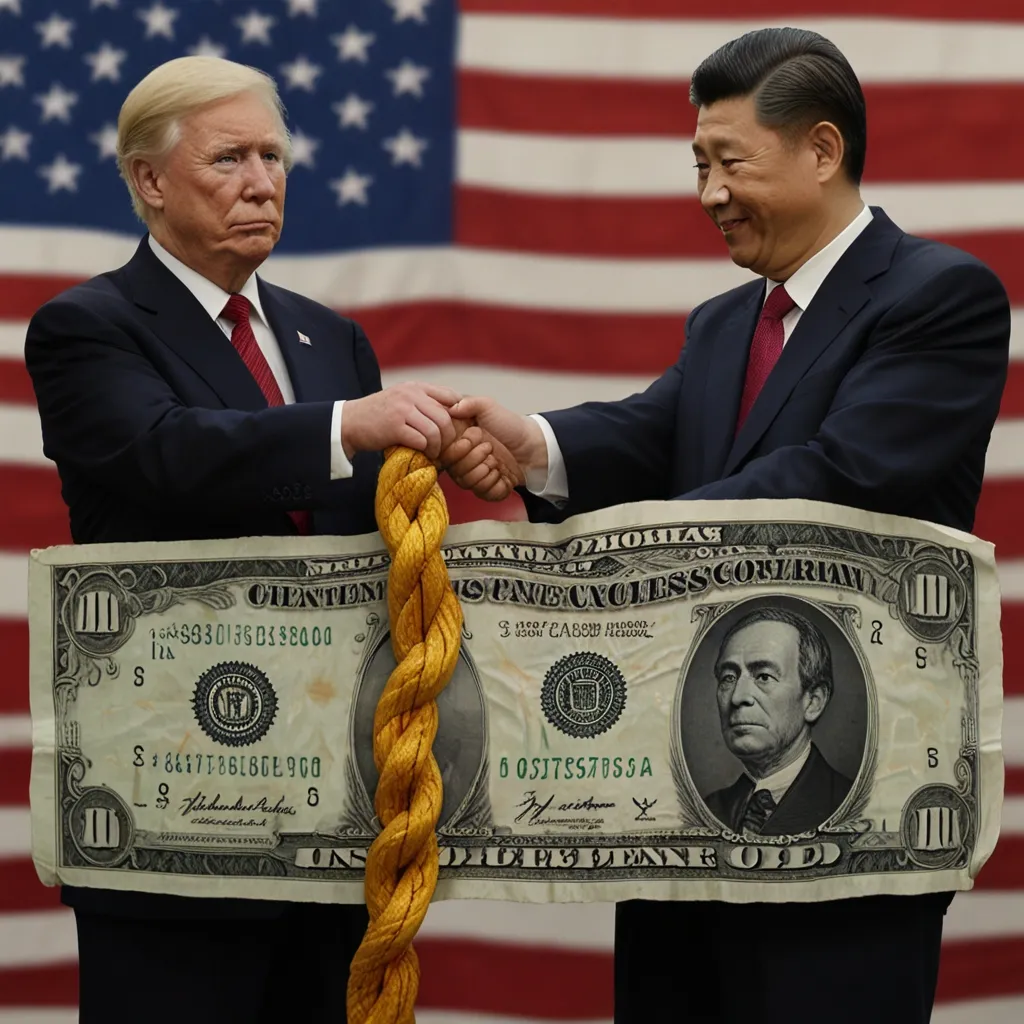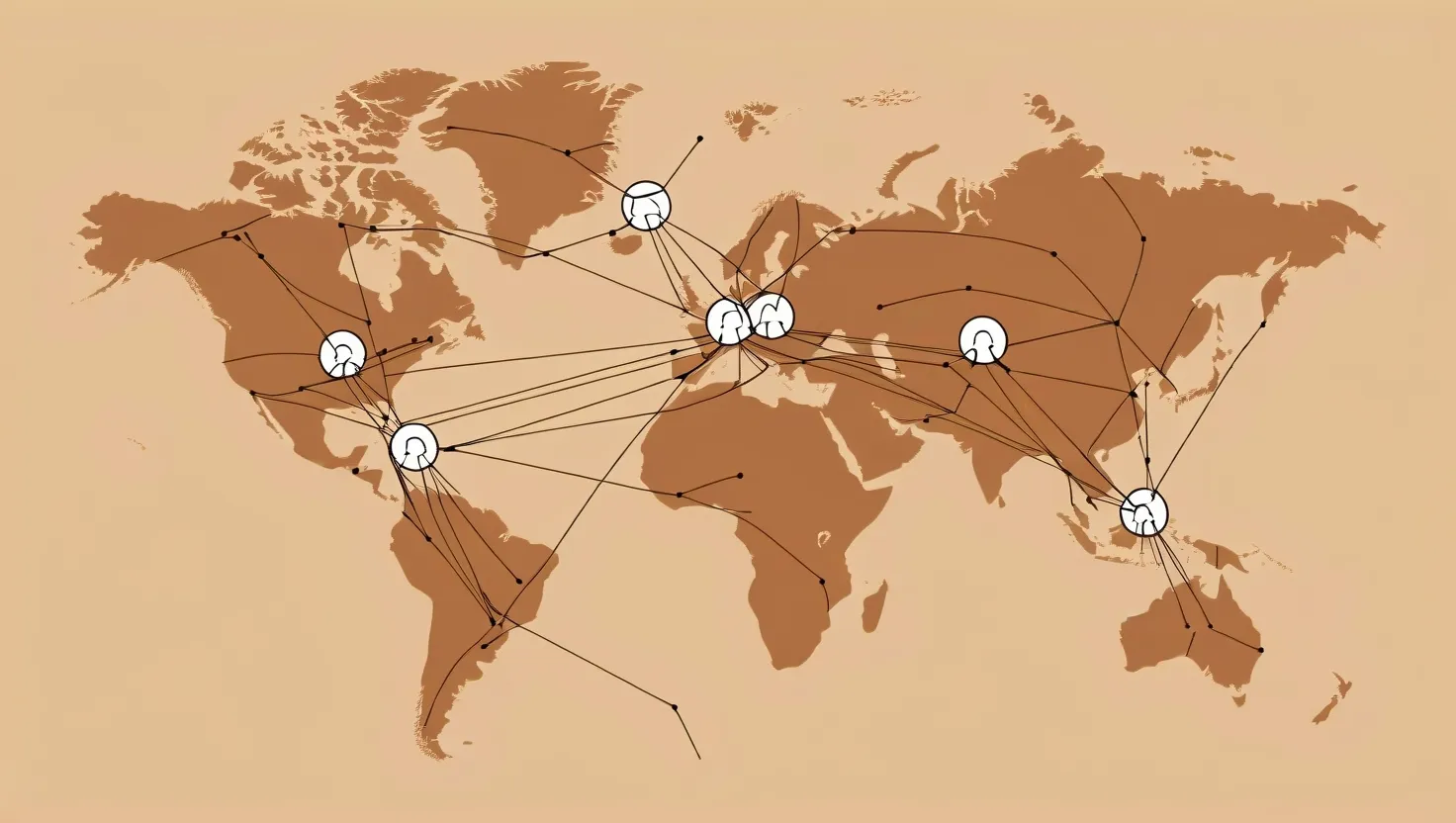Have you ever wondered why stories from four centuries ago still echo on trading desks and in newsrooms around the globe? The 1630s in the Netherlands saw more than an odd obsession with flowers—it was a period when the world’s first modern financial instruments appeared, shaped inside the fevered crucible of what’s often called the first asset bubble. That era is remembered mostly for its spectacular collapse—a time when tulip bulbs were said to trade for prices as absurd as Amsterdam mansions. But if we focus only on the excess, we miss something much more enduring and quietly revolutionary: the way innovation emerged even in the middle of chaos.
If I could take you back to a cold winter’s day in 1637, you’d find a world in transition far beyond mere flower-madness. Tulips, recently introduced from the Ottoman Empire, had become objects of passion and speculation. Their colors and patterns, often resulting from rare and unpredictable viral infections, fascinated botanists. Soon, demand outpaced supply. It wasn’t just horticulturists jostling for bulbs; merchants, artisans, and farmers arrived at the trading table, hoping to ride the rising tide of prices.
Yet the real drama of tulip trading takes place not in gardens, but in coffeehouses, homes, and bustling urban markets. Oral bets and handshakes give way to parchment contracts—agreements to buy and sell bulbs at a set price in the future, regardless of where the market eventually lands. Imagine negotiating for a bulb you’ll never hold or see, agreeing on a price months in advance, putting down a small deposit, then waiting for spring. Does this sound familiar? You may recognize the DNA of modern futures trading right here, inside a story often reduced to little more than a punchline.
What puzzles me most isn’t why people went wild for tulips, but how quickly they invented entirely new ways to trade risk. These “windhandel” or wind-trades, as contemporaries called them, allowed people to speculate without touching any physical bulbs at all. With a small down payment, a single participant could control the fate of a garden’s worth of flowers. Leverage, in its rawest form, made fortunes and ended careers almost overnight. You might ask—at what point does a flower cease to be a flower and become a calculation? “The inability to envision a future is what makes speculation so compelling,” writes Charles Kindleberger. Can we ever truly separate the practical from the imaginary when it comes to value?
At one auction in Haarlem, it was said prices doubled in a week. At another, the crowd emptied a tavern before the auction could even get underway, fearing losses. When the music stopped in February 1637—perhaps triggered by a failed auction, perhaps just collective realization—buyers vanished. Sellers, desperate to offload their contracts, found few takers.
What happens to an agreement when the very premise it rests on evaporates? Dutch authorities soon faced a problem courts had rarely seen: the contracts had been written for goods whose value was no longer tethered to any reality. The Dutch solution was ingenious in its pragmatism. Rather than prosecute thousands for bankruptcy, rulers allowed contracts to be voided for a small fraction of the face value. Financial ruin was tempered. The rules had changed, and the courts adapted quickly. The story here isn’t just about loss, but about the flexibility and resilience of legal systems in the face of financial innovation.
“A speculator is a man who observes the future, and acts before it occurs.” – Bernard Baruch
Looking away from the legal drama for a moment, I’d invite you to consider who participated in tulip trading. Popular accounts exaggerate the scale of the mania—most Dutch citizens ignored it entirely. Yet what’s often overlooked is the breadth of involvement across classes. Middle-class merchants bought in, skilled craftsmen mortgaged their future, even farmers risked family savings, hoping retrieval at harvest. The tulip was not just a luxury for the elite but became a speculative vehicle for ordinary people. This expansion alone was a quiet revolution. It democratized access to new financial tools, with all the risks and opportunities that brought.
A question I often grapple with: when does “innovation” become “danger”? The line proved thin in the 1630s, just as it did with mortgage-backed securities in 2008 or with cryptocurrencies today. Each innovation first serves a practical need—hedging, distributing risk, opening new opportunities. But in the hands of crowds hungry for quick gains, the old boundaries erode.
The tulip contract was unlike anything financial markets had seen. Unlike tangible stocks or property, it was often a pure wager on future sentiment. Risk wasn’t diversified; it was amplified. Is it any wonder the system became fragile? Yet, who sets the limits on experimentation when everyone believes in the promise of endless growth? Ask yourself: if you were a merchant in 1636, staring down a contract that promised unthinkable profit for a tiny down payment, would you have resisted?
“The four most expensive words in the English language are, ‘This time it’s different.‘” — Sir John Templeton
Strangely, it’s not the failure but the survival of tulip-era innovations that stands out in the long lens of history. The Dutch learned from their mistakes and kept the core ideas alive. Futures contracts matured, governed now by clearer rules about deliverables and penalties. Public authorities didn’t ban speculation outright but instead codified new standards for enforceability and fairness. The solutions born of necessity became a model that other nations—England, France, even the young United States—would copy in later centuries.
Most people don’t know just how important the Dutch were in shaping today’s financial world. The Amsterdam stock exchange, where shares of the Dutch East India Company traded, was the heartbeat of global commerce. The mechanics of options, futures, and even short selling all percolated in that environment—labs of speculation, yes, but also of creativity.
Beyond the Dutch Republic, the lessons of tulip mania resonated across Europe. Moralists harped on the dangers of speculation, but bankers and merchants quietly adopted the instruments that had survived the collapse. Even the language we use—bulls, bears, bubbles—owes a debt to this historical moment.
If I examine contemporary markets, the tulip episode feels alarmingly current. Derivatives on real estate in the 2000s, options on newly invented cryptocurrencies, blank-check company mergers—each borrows from methods glimpsed in 1637. The bursts of publicity, the feverish trading, the rapid collapse—those aren’t relics, but features of human psychology. Risk and reward always travel together, hand in hand.
“One must learn by doing the thing; for though you think you know it, you have no certainty until you try.” – Sophocles
But if the history of financial innovation is a history of bubbles, does that mean progress always comes saddled with excess? I don’t think so. Instead, the episode teaches about the cost of learning—how each period of over-optimism leaves not only casualties but also the architecture for the more stable markets that follow.
Next time you see headlines screaming about meme stocks, NFTs, or digital tokens, ask yourself: what are the rules, and who gets to change them in a crisis? Are you betting on the flower or on the contract, on something of substance or merely on shared belief? And when the tide goes out, as it must, what will remain for the next generation to build on?
Let’s remember the Dutch tulip craze not only as a warning, but as the moment when finance became modern, when risk and reward were measured with paper and signatures, not just trust and hope. That evolution—punctuated by missteps and recoveries—underscores the resilience and creativity at the heart of our economic story.
“There are decades where nothing happens; and there are weeks where decades happen.” – Vladimir Lenin
In those frenzied weeks of 1637, the world saw financial tools that would define centuries, birthed almost accidentally through a market gone haywire. The aftermath proved tulip mania was not just an episode of folly, but a crucible for invention. If we truly wish to learn from history, it’s not enough to gawk at the madness. We must also study the quiet, enduring structures left behind when the fever has passed, for they are the true seeds of progress.
So, as we marvel at how tulips turned to contracts and contracts to chaos, let’s keep asking: What new innovations are we creating now, hidden in the crowd, that will shape markets long after today’s bubbles have burst? And how will we know if we’re celebrating a flower, or planting the beginnings of something that will last?






